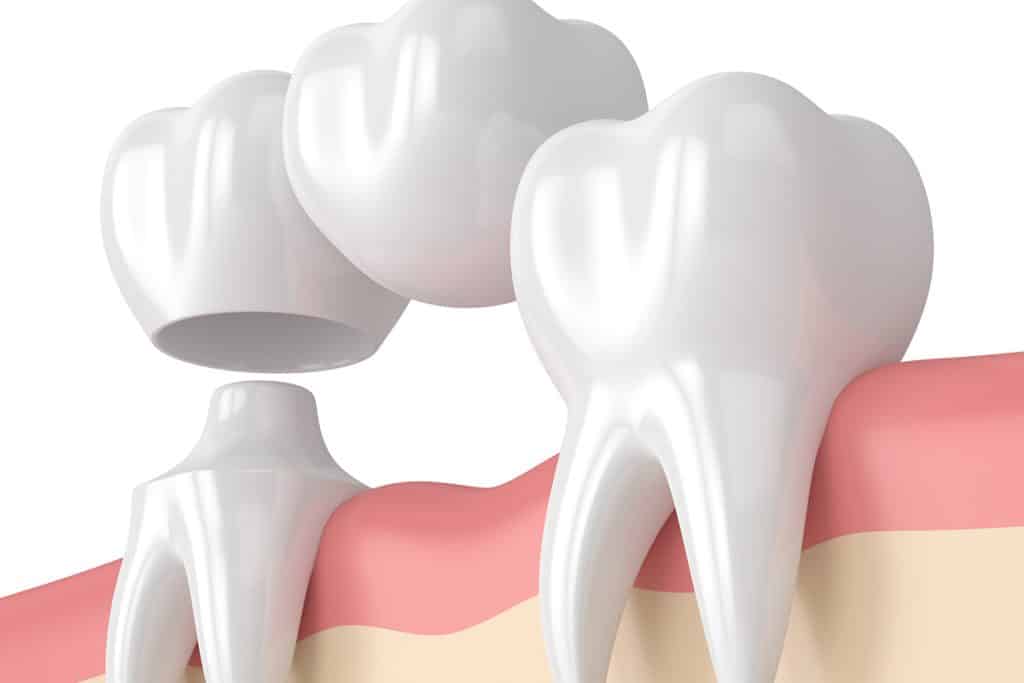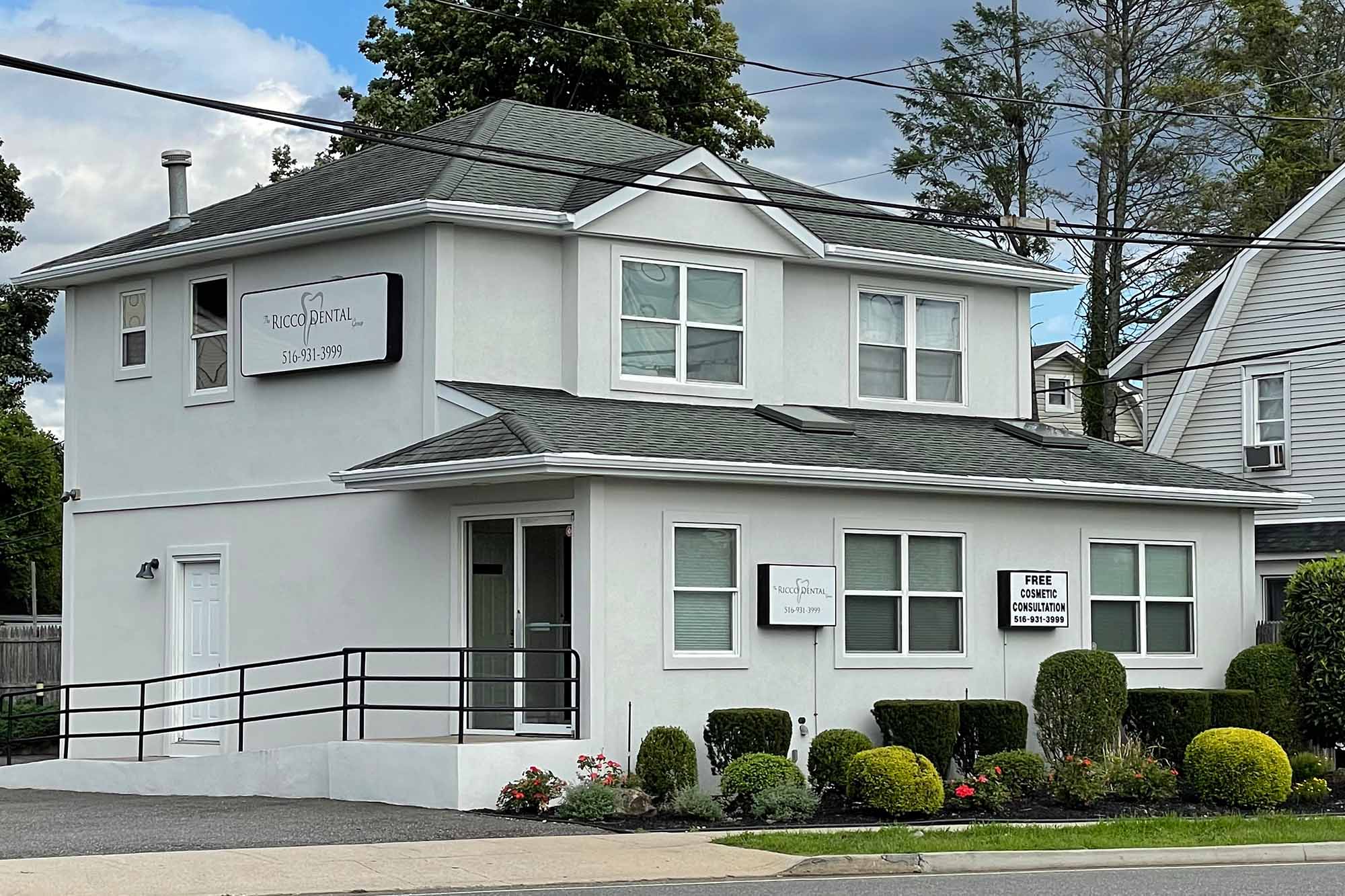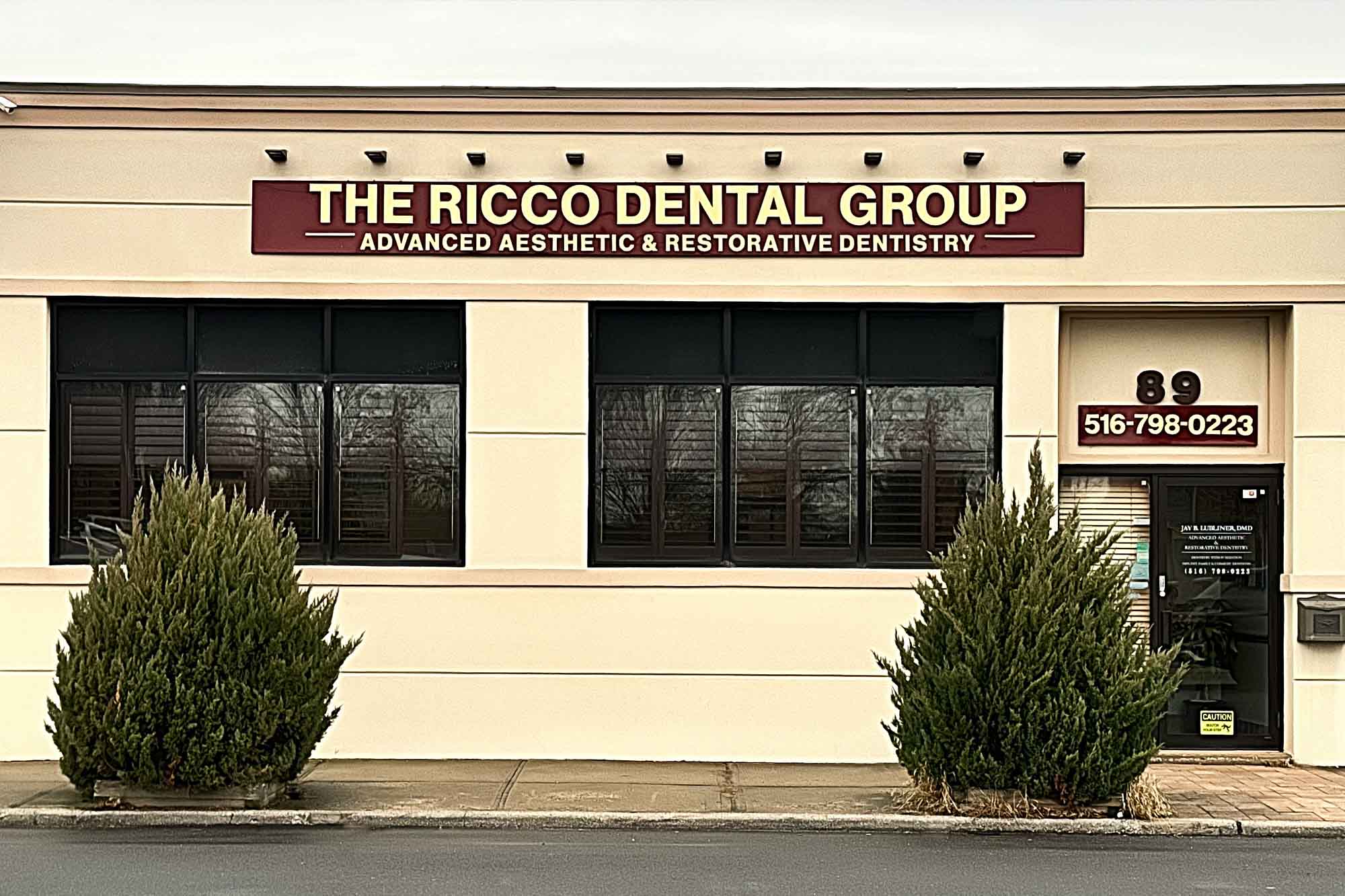Can A Dental Bridge Be Removed And Recemented?

Dental bridges are a reliable solution for restoring missing teeth, offering both functional and aesthetic benefits. While dental bridges are designed to be durable and long-lasting, there may come a time when adjustments or repairs are necessary. One of the most common questions we hear at The Ricco Dental Group is whether a dental bridge can be removed and recemented. The short answer is yes—under certain circumstances, this process can help extend the life of your dental restoration.
Below, we’ll explore what dental bridges are, when they might need to be removed and recemented, and what you can expect during this procedure.
What Is a Dental Bridge?
A dental bridge is a fixed dental restoration used to replace one or more missing teeth. It consists of one or more prosthetic teeth (called pontics) anchored in place by crowns fitted over the natural teeth or implants on either side of the gap. Bridges are carefully customized to match the shape, size, and shade of your natural teeth, ensuring a seamless and natural appearance. At The Ricco Dental Group, we specialize in crafting high-quality, lasting dental bridges to help you regain your confident smile.
Types of Dental Bridges
There are several different types of dental bridges, including:
- Traditional Bridges – The most common type of bridge, supported by crowns placed on the adjacent teeth.
- Cantilever Bridges – Used when there is only one adjacent tooth available for support.
- Maryland Bonded Bridges – Secured using a metal or porcelain framework bonded to the back of the adjacent teeth.
- Implant-Supported Bridges – Anchored directly to dental implants, offering maximum stability.
Each type serves a specific purpose, and our team can recommend the best option based on your individual dental needs.
How Long Do They Last?
With proper care, dental bridges can last anywhere from 5 to 15 years. Factors like oral hygiene, diet, and regular dental checkups all contribute to the longevity of your dental bridge. However, even with the best care, wear and tear or changes in your oral health may necessitate repairs or adjustments over time.
When Might a Dental Bridge Need to Be Removed and Recemented?
There are several scenarios in which removing and recementing a dental bridge might be necessary. Here are the most common reasons:
1. Loosening of the Bridge
Over time, the cement used to secure your bridge may wear down, causing the bridge to feel loose. A loose bridge not only affects its functionality but also creates spaces where food particles and bacteria can become trapped, increasing the risk of cavities and gum disease.
2. Damage to the Bridge or Supporting Teeth
Accidental damage, such as cracks or chips in the crowns or pontics, can compromise the integrity of your dental bridge. Similarly, decay or structural damage to the natural teeth supporting the bridge may require removal for treatment. After addressing the underlying issue, the bridge can often be recemented.
3. Changes in Oral Health
Shifts in your teeth or gums—whether due to aging, disease, or other factors—can alter the fit of your bridge. Poor fit may lead to discomfort or affect your bite. Recementing the bridge after making necessary adjustments can fix these issues and improve your oral health.
What Can You Expect During a Removal and Recementing Procedure?
If your dental bridge needs to be removed and recemented, the process is typically straightforward. Here’s what you can expect during your visit:
Step 1: Examination and Diagnosis
We’ll begin by conducting a thorough examination to assess the condition of your bridge and the surrounding teeth. Using advanced imaging and diagnostic tools, we’ll identify any underlying issues, such as decay, damage, or improper fit.
Step 2: Removing the Bridge
To remove the dental bridge, we use specialized tools designed to gently break the bond of the existing cement. This process is performed with the utmost care to avoid damaging the bridge or the supporting teeth.
Step 3: Addressing Any Issues
Once the bridge is removed, we assess the supporting teeth and gums for damage or signs of decay. If treatment is needed, such as filling a cavity or reshaping the teeth, we’ll address these issues before proceeding.
Step 4: Recementing the Bridge
After preparing the area and ensuring a proper fit, we clean the dental bridge and recement it in place using high-quality dental adhesives. We take extra care to check your bite and comfort, making adjustments as needed for a secure and natural fit.
Recovery and Aftercare
Most patients experience little to no discomfort after having their dental bridge recemented. We’ll provide you with easy-to-follow aftercare instructions to ensure your bridge remains in great shape.
Maintaining Your Dental Bridge
Once your bridge has been recemented, ongoing care is essential to keep it functional and healthy. Here are a few tips to maintain your dental bridge:
- Brush and Floss Daily – Clean around your bridge, especially the gum line, to remove plaque buildup. Consider using a floss threader or interdental brush for hard-to-reach areas.
- Schedule Regular Checkups – Professional cleanings allow us to monitor your bridge and address any concerns early.
- Watch Your Diet – Avoid overly sticky or hard foods that can stress your bridge or damage the cement.
- Address Issues Promptly – If you notice any loosening, discomfort, or damage, don’t delay in contacting us. Prompt care can prevent further complications.
Frequently Asked Questions About Dental Bridges
How long does the recementing procedure take?
The entire process typically takes about an hour, depending on whether any additional treatments are needed before recementing.
Can a damaged bridge always be recemented?
Not always. If the bridge is severely damaged or no longer fits properly, we may recommend a replacement instead.
At The Ricco Dental Group, we’re here to ensure your oral health and comfort at every step of your dental care journey. If you’re experiencing issues with your dental bridge, don’t hesitate to reach out to our experienced team. Whether you need a simple adjustment, recementing, or a full replacement, we’re ready to provide the personalized care you deserve. Contact us today to schedule an appointment.




